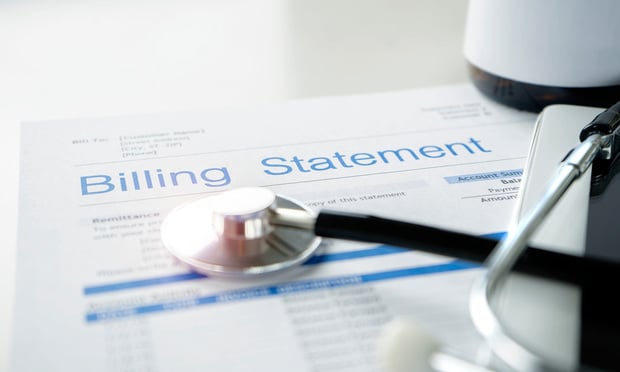- Benefits Broker
- Benefits Manager
- Retirement Advisor
- Awards
- Broker Expo
- FreeERISA
- Leads
- Career Center
- More
About The Author
CONNECT WITH THIS AUTHOR
July 23, 2024
July 23, 2024
July 18, 2024
Market Insights
HSA-like options for employees in high demand, survey shows
July 17, 2024
July 15, 2024
July 12, 2024
July 10, 2024
Market Insights
Inflation could take a bite out of benefits spending
July 08, 2024
July 03, 2024
July 01, 2024
Trending Stories
- 1Alternative Health Plan Designs: Key to Keeping Employers in the Market?
- 2If the Supreme Court kills 'free' ACA preventive care rules, what then?
- 3From Pain to Performance: Cutting-Edge Strategies to Reduce MSK, Metabolic, and Mental Health Costs
- 4Even 'good' employers face rising risk of lawsuits over health plan costs
- 55 top states where people have arthritis











